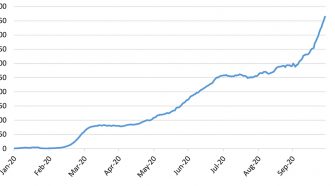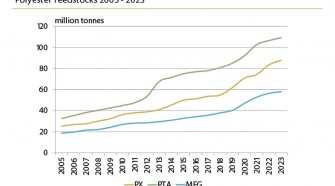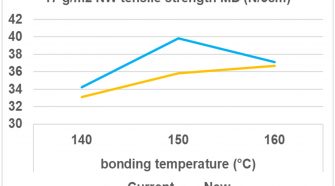Raw Materials

COVID, trade disputes & the global cotton market
COVID-19 is the macro event of our lifetimes, affecting the life and business of virtually everyone on the planet. For the global economy, the speed and depth of the pandemic’s …

The Fiber Year 2020 – Rising investments in manmade fiber feedstocks
World fiber supply was balanced between natural and manmade fibers a quarter of a century ago but the latter considerably gained momentum afterwards, holding a current market share of more …

COVID-19 adds urgency in the move toward technology with remote capability
For the past few years now, Industry 4.0 concepts have been introduced by the leading European suppliers of technologies for the production of synthetic fibers and nonwovens. In 2020, some …

At CIMFC, long-term investment and innovations fuel the future
At the 26th China International Manmade Fiber Conference (CIMFC 2020), September 8-9 in Qingdao City, Shandong Province, China, experts and executives said that the manmade fiber industry’s long-term strategy, technological …

Next generation of non-phthalate Ziegler/Natta catalyst for polypropylene
Polypropylene (PP) is widely used in textile applications such as carpets and diapers. The end-uses and production processes require polymers with the highest purity. PP is produced using a Ziegler–Natta …

